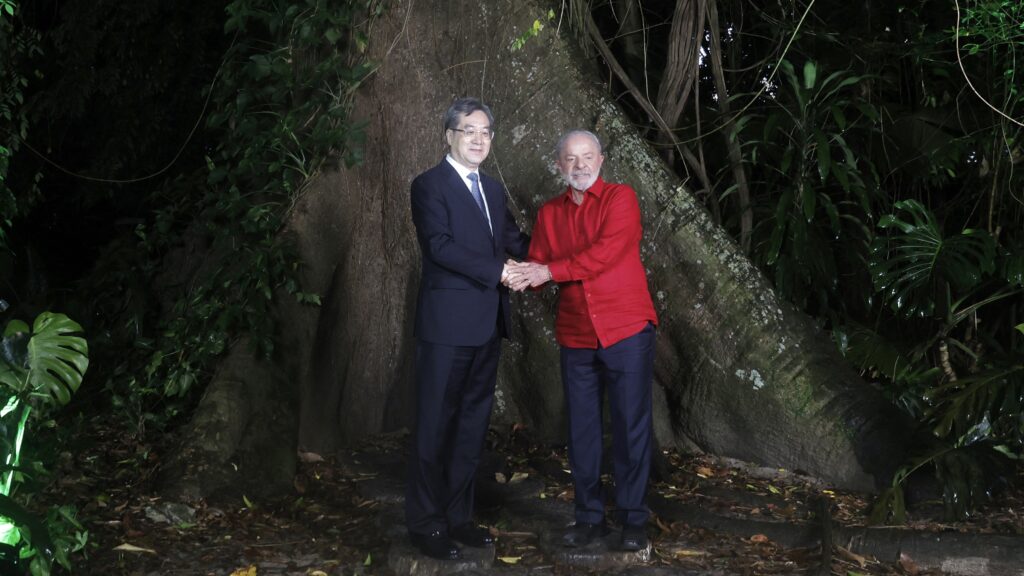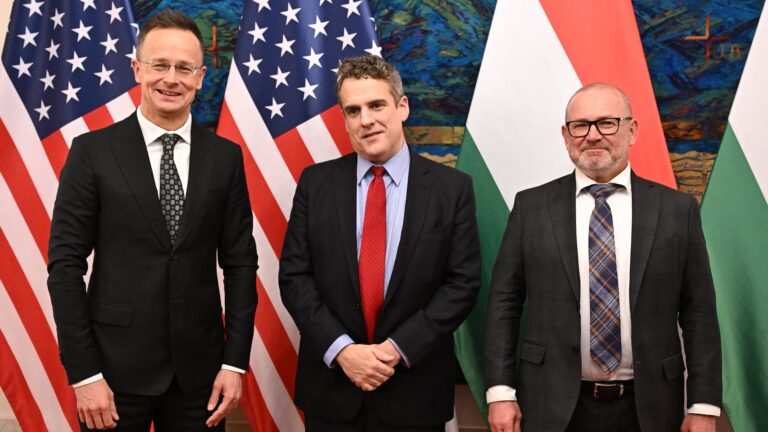The domestic television market has undergone a significant transformation in the new millennium due to technological advancements, changes in media consumption habits, and the emergence of digital platforms. According to a study by the National Media and Infocommunication Authority (NMHH), since 1997, people have been spending increasingly more time in front of screens.
The press release indicates that the television audience has aged more rapidly over the past two and a half decades than the general Hungarian population.
In 2022, those sitting in front of the small screen were, on average, ten years older than the overall population,
whereas 25 years ago, this difference was merely four years.
In contemporary times, television still plays a predominant role in leisure activities. In 2021, Hungarians aged 15 and above spent nearly three and a half hours on the internet, while dedicating over five hours to television viewing. Television-watching habits, however, have evolved in the past two decades due to the advent of on-demand media services and video-sharing platforms.
Since the inception of television audience measurement, Hungarians allocated nearly one-sixth of their day to watching television. During the COVID-19 pandemic, this proportion further increased, with an average day in 2020 seeing one-fifth of the time devoted to this activity.
The authority points out that despite the daily consumption time increasing from 3 hours and 42 minutes to 4 hours and 49 minutes, over the recent decades, more than one million viewers have disappeared from the general television audience.
It is noteworthy that the older generation, in particular, spends an exceptionally long time in front of television sets. Over the last 25 years, their daily television consumption time has grown by almost three hours. This contributes to an overall increase of over one hour in the time devoted to television viewing for the population aged four and above.
Hungarians surpass the European average in television consumption, with 73 per cent of them spending their time in front of screens on a daily basis in 2021,
compared to the European population’s 70 per cent.
The media authority also conveyed that, concerning the age composition of viewers and channel selection in 2022, the audience of ATV and Hír TV were the oldest, with an average age of 67. For leading commercial channels, the RTL Group’s audience was three years younger than that of TV2. The youngest audience belonged to Viacom’s seven channels, which is unsurprising given that their portfolio includes Nickelodeon, Nicktoons, and Nick JR.
Looking back over the past 25 years, it is evident that certain content types have faded or entirely disappeared from programme schedules. Examples include theatrical broadcasts and circus and variety shows. While in 2015, seven channels offered theatrical performances, in 2020, only the public media channel M5 did so.
Similarly, non-fiction programmes specifically created for children’s audiences, such as informational magazines, religious programmes, and sports competitions, are also diminishing. Films were initially replaced by various non-fiction programmes among the most-watched shows, followed by scripted series, and currently, news and informational programmes hold a prominent position.
The authority highlighted that the expansion of channel offerings is grounded in technological advancements, allowing media providers to make their services available via cable channels, satellite broadcasts, or digital platforms. With the development of broadcast technologies, the number of accessible services is likely to further expand, as stated in the press release.
Related articles:
Source: Hungarian Conservative/NMHH







